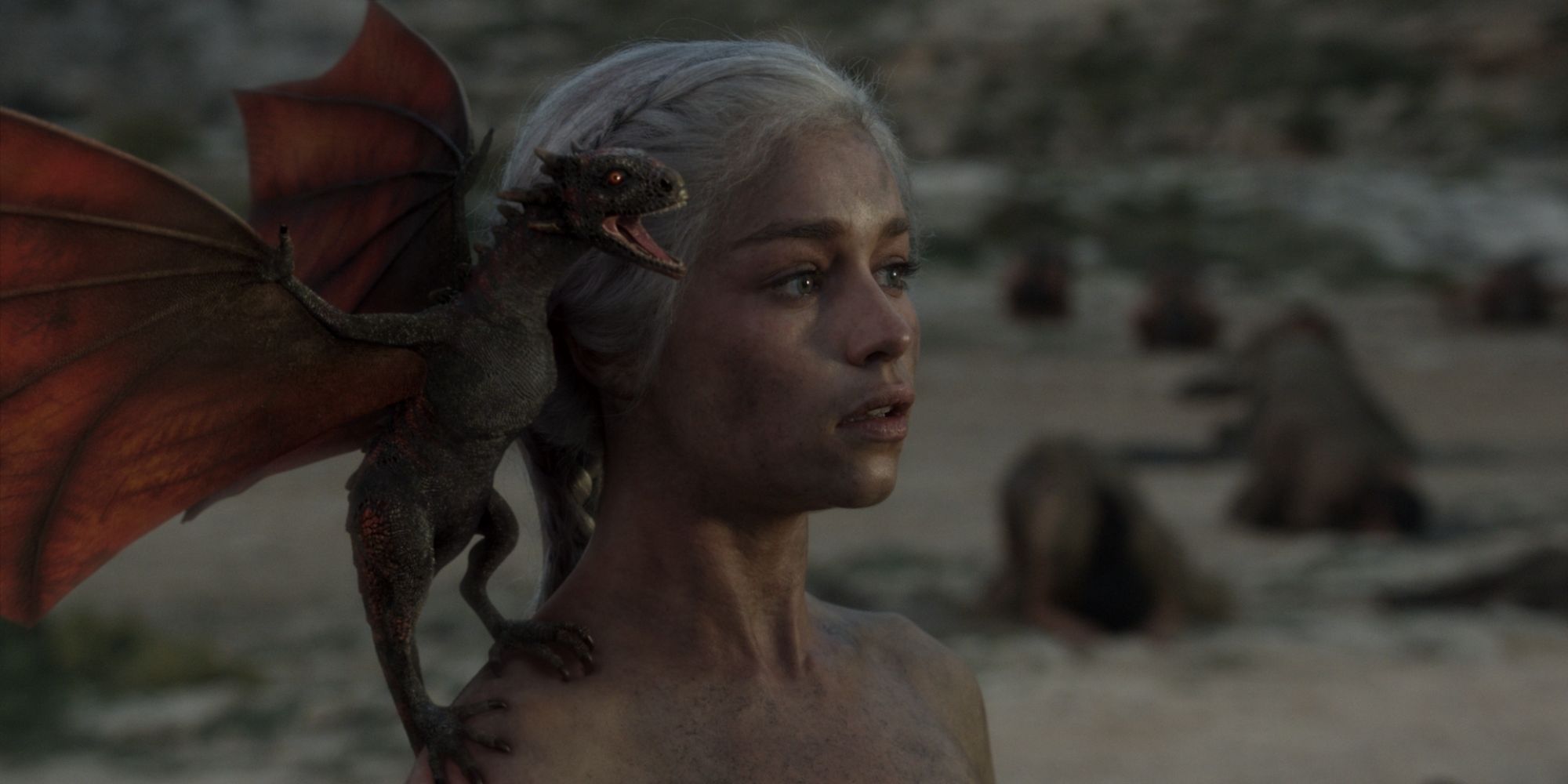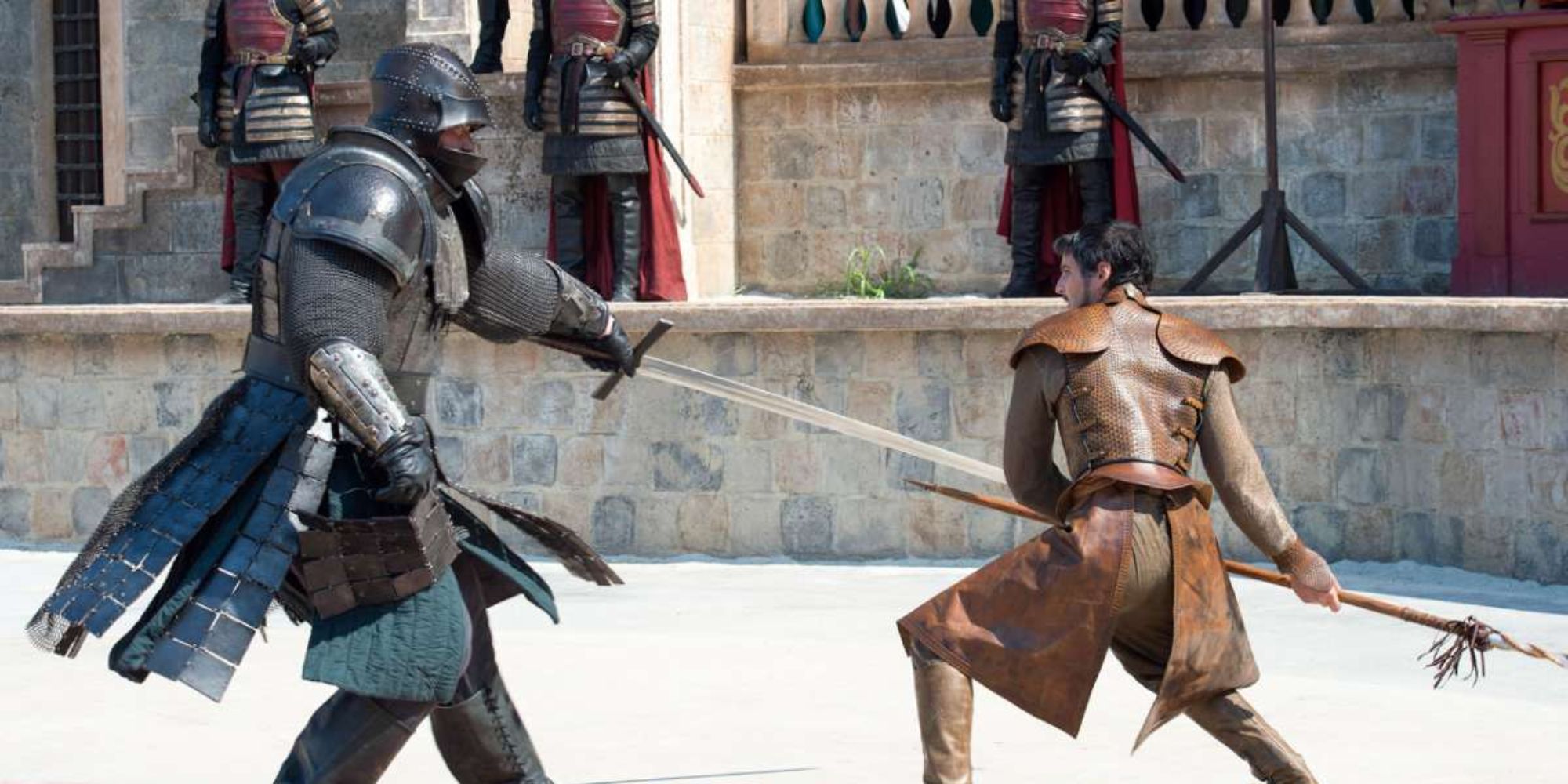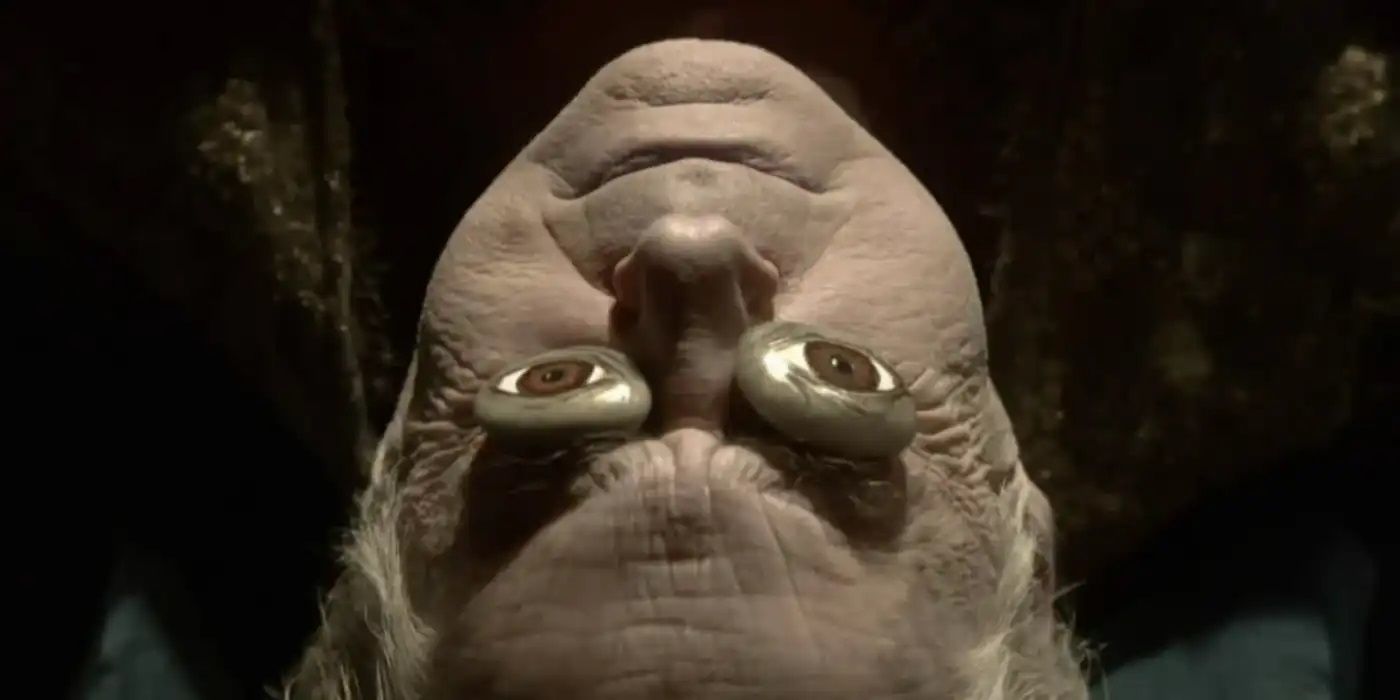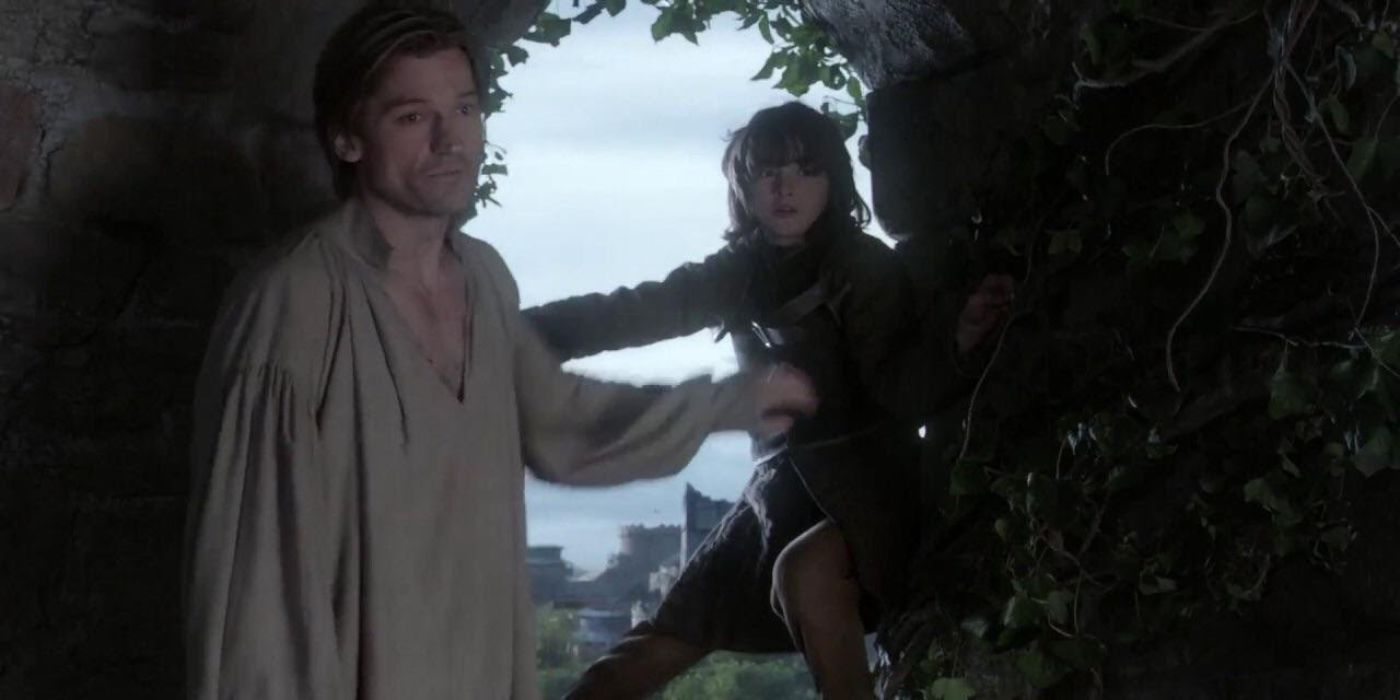Based on George R. R. Martin’s A Song of Ice and Fire series, Game of Thrones emerged as a cultural phenomenon throughout the 2010s. Set predominantly on the expansive continent of Westeros, viewers became engrossed in the intricate dynamics of political intrigue and betrayal among the ruling families, while ominous threats from the northern and eastern regions loomed in the background. Unfortunately, the series experienced a significant decline in quality during its final seasons, culminating in one of television’s most controversial endings.
A key factor in the show’s initial success was its ability to consistently surprise audiences with shocking twists. In the earlier seasons, these unexpected developments kept viewers eagerly tuning in, speculating about the fate of their favorite characters. However, as the series progressed, many of these twists began to generate feelings of anger and frustration, primarily due to their often unsatisfactory execution.
10
Daenerys Targaryen’s Dramatic Dragon Hatch
“Fire and Blood” (Season 1, Episode 10)
The world of Daenerys Targaryen (Emilia Clarke) undergoes a dramatic transformation when she seeks the witch Mirri Maz Duur’s (Mia Soteriou) help to save her husband, Khal Drogo (Jason Momoa). Tragically, Maz Duur seizes the opportunity to kill their unborn child to fulfill a prophecy. In a heart-wrenching moment, Daenerys is forced to mercy kill her husband and subsequently burns Maz Duur on Drogo’s funeral pyre, stepping into the flames herself. Remarkably, when she emerges the next day, not only is Daenerys alive, but her three petrified dragon eggs have miraculously hatched.
Up until this pivotal moment, the narrative reinforced the notion that dragons were extinct, symbolizing the fading of magic and the impending doom of House Targaryen. Thus, Daenerys rising from the ashes alongside her newly hatched dragons epitomizes rebirth and new beginnings. It’s no surprise that this scene is heralded as one of the most iconic final shots in Game of Thrones, leaving viewers eager to witness the next chapter of Daenerys’ journey and the fate of the world around her.
9
The Shocking Death of Oberyn Martell
“The Mountain and the Viper” (Season 4, Episode 8)
Prince Oberyn Martell (Pedro Pascal) quickly became a fan-favorite character due to his fiery spirit and unwavering confidence in pursuing what he desired, regardless of societal expectations. He arrives in King’s Landing seeking vengeance against Ser Gregor Clegane (Conan Stevens, Ian Whyte, and Hafþór Júlíus Björnsson), who brutally murdered his sister, Elia Martell, and her children during the infamous Sack of King’s Landing. The opportunity arises when Tyrion Lannister (Peter Dinklage) calls for a Trial by Combat to prove his innocence regarding the murder of King Joffrey Baratheon (Jack Gleeson), allowing Oberyn the chance to confront Gregor and force a confession.
The brutal death of beloved characters was a recurring theme in Game of Thrones, but Oberyn’s demise stood out due to its shocking and rapid nature. His arrogance led him to demand Gregor confess before he died, which ultimately resulted in the Mountain That Rides seizing the opportunity to pull him down and crush his skull like a grape. Viewers shared Tyrion’s horror and dread, recognizing that even if Tyrion escaped execution, his fortunes would likely worsen, highlighting how quickly fate can turn from triumph to tragedy when we let our guard down.
8
The Deceitful Murder of Jon Arryn by Lysa Arryn
“First of His Name” (Season 4, Episode 5)
The catalyst for the entire series’ plot is the shocking death of Jon Arryn (John Standing), who served as the foster father to Eddard Stark (Sean Bean) and King Robert Baratheon (Mark Addy), as well as the Hand of the King. A letter from his wife, Lysa (Kate Dickie), claims that the Lannisters played a role in his demise, prompting Eddard to take on the role of the new Hand of the King to protect his friend. However, it is later revealed that Jon’s murderer was, in fact, Lysa, who acted under the influence of her lover, the master manipulator Petyr Baelish (Aiden Gillen).
Initially, most fans speculated that Jon was killed at the behest of Queen Cersei Lannister (Lena Headey) due to his knowledge of her incestuous children born with her brother, Ser Jaime Lannister (Nikolaj Coster-Waldau). Lysa’s confession dramatically alters the narrative, exposing Petyr’s intricate manipulation of events from the very start as he sought to leverage the ensuing political turmoil for his own gain. This revelation highlights just how cunning and strategic Littlefinger truly is, illustrating how Lysa has forsaken House Tully’s guiding principles of “Family, Duty, Honor” in her treacherous assistance of the scheme that ultimately leads to her sister’s family’s downfall.
7
Jaime Lannister’s Shocking Betrayal of Bran Stark
“Winter is Coming” (Season 1, Episode 1)
The premiere episode of Game of Thrones was a masterclass in storytelling, capturing the audience’s attention with its rich mysteries and intricate character dynamics. Alongside conspiracies surrounding Jon Arryn’s death, the episode introduces us to the harrowing threat posed by the enigmatic White Walkers and the lingering dangers from across the sea posed by the last remnants of House Targaryen. The episode culminates in a shocking twist when Bran Stark (Isaac Hempstead Wright) stumbles upon the forbidden relationship between the Lannister twins, which leads to Jaime pushing him out of a tower window.
This shocking conclusion perfectly encapsulates the essence of what Game of Thrones represented. Few television shows dare to depict the near-fatal fall of a child as their closing image, let alone brush over an incestuous affair. Jaime’s chilling line, “The things I do for love,” as he pushes Bran, sets the tone for the series, establishing that no character—regardless of their significance—was safe from peril, and that many harbored dark secrets.








